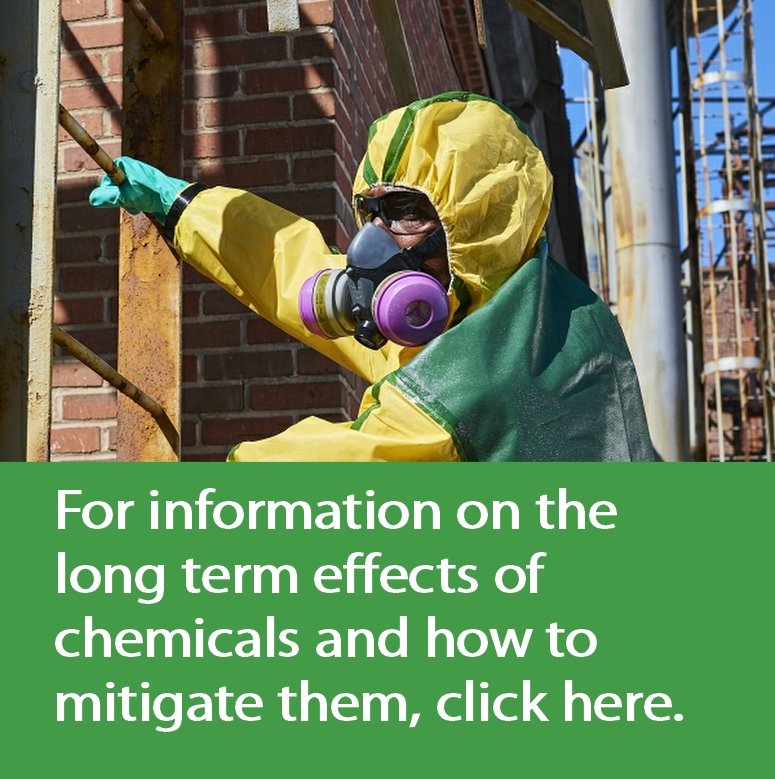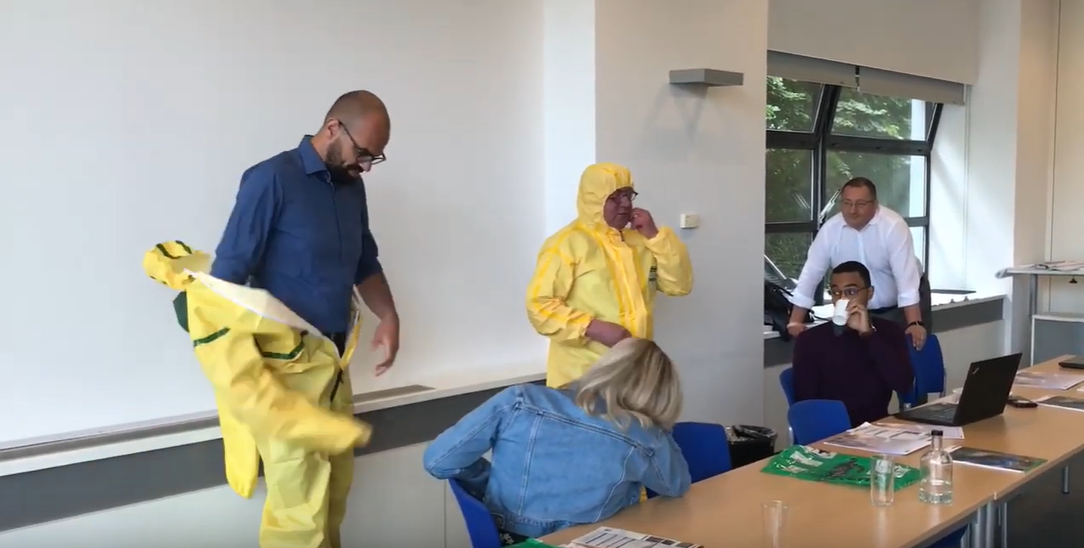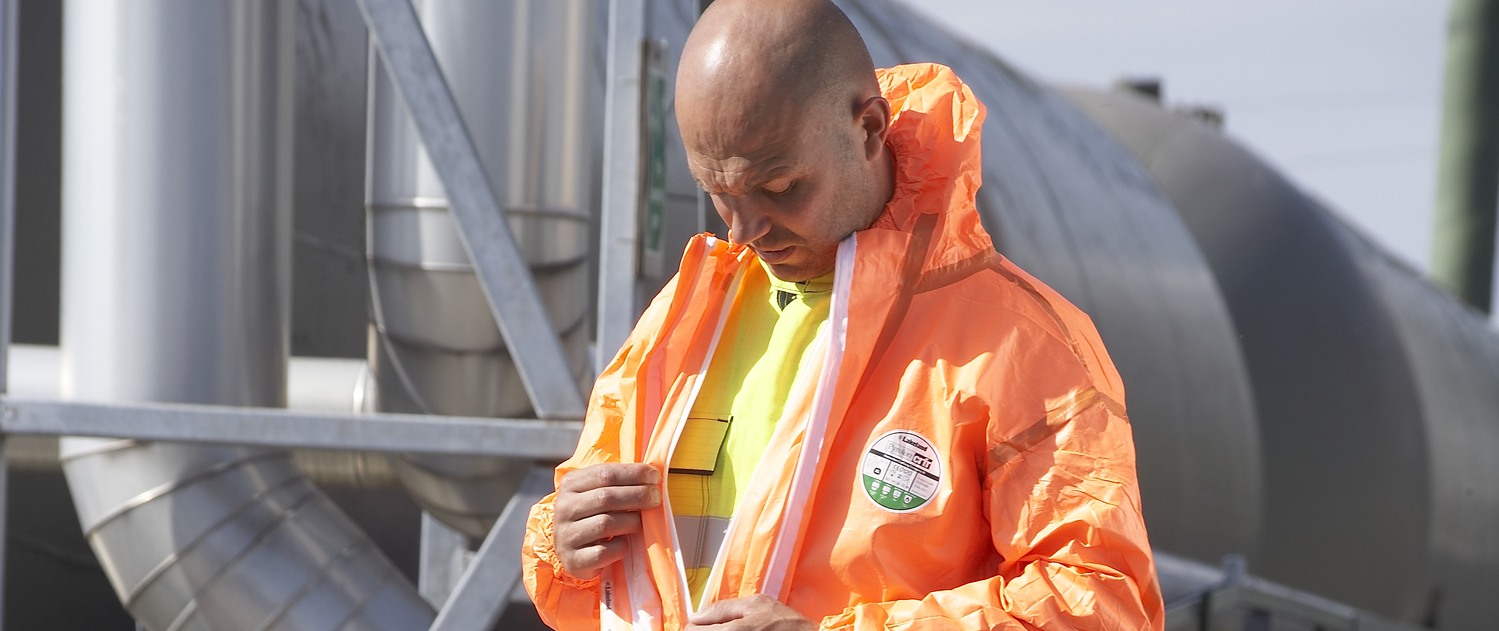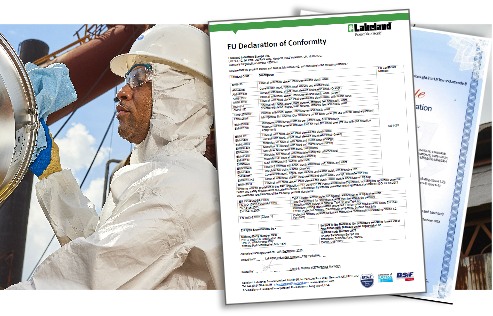Increasingly, comfort, ergonomics and breathability of chemical suits have become major concerns for safety managers.
When a bulk order is made for a wider group of workers, trialing PPE becomes a critical process. Trying out suit samples first can help to identify any problems with comfort and the suit’s performance while being worn to complete a task. But PPE can never really be truly ‘approved’ until it has been accepted by all the workers.
In this blog, we explain how and when to involve workers in trialing new PPE and how to implement a successful trial process.
Engage Employees Before the Trialing Process
Few safety managers would consider imposing new PPE on the workforce these days. Most recognize the dangers that can arise if workers are uncomfortable and fail to wear the equipment correctly. No one wants to expose workers to harmful chemical hazards which could come back to harm the company further down the line.
However, while new PPE is usually trialed and approved by selected users before a final purchasing decision is made, it is worth considering involving a far broader number of workers in the review and selection of new PPE before the trialing stage.
The selection process is a crucial feedback point. Providing workers with a chance to contribute to the discussion can be incredibly informative – yet is often overlooked. This is particularly important if the new PPE is replacing existing PPE. Before the process of seeking new PPE begins, it’s good practice to find out from workers what, if any, are the problems with the existing PPE. People may have different experiences and different challenges that are perhaps not apparent to a smaller selection panel.
A good starting point is to seek new PPE that addresses those problems.
What are the consequences of involving workers too late in the process?
Understanding the reason for the introduction of new PPE is a really important part of the process for ensuring widespread adoption. When a safety manager or buyer selects a possible new item of PPE and only involves workers in the final stage of trialing, they can be suspicious about the motivation for the change and tend to assume it is because it is cheaper and therefore is not as good.
With such an initial approach, many workers will tend to look for reasons to reject the new PPE item. And experience suggests that if workers decide they do not want to accept a new item of PPE, they will eventually find reasons for it to be rejected. In reality the workers always make the final decision.

Select PPE Ambassadors
Open and honest communication is really important to both find the right PPE solution and to reinforce the benefits of the new PPE to the workforce. Including a group of selected workers in the initial selection of PPE means that it becomes their project and they can put their opinions forward. This collaboration can help safety managers feel more supported in the process by getting direct feedback much earlier.
In turn, carefully selecting workers who could become ambassadors for the product to the rest of the workforce – explaining why it is needed and reinforcing the benefits – can create a very positive attitude to the introduction of new PPE. This will make acceptance more likely – thus making the safety managers’ job much easier.
Involve the Manufacturer
Manufacturers of PPE are (or should be!) the real experts in their properties and use; involving their representative – perhaps as a guide or consultant – can help smooth the flow and management of a selection process and guard against or anticipate pitfalls and problems which may arise. In particular they can advise on issues like limitations, incorrect use and donning and doffing which are critical in the correct wearing and use of PPE. Getting these wrong can result in workers not being protect properly or to greater levels of discomfort than is necessary.
PPE Selection Process
Choosing suits that everyone is happy with might cost more at the outset but will pay for itself over time. In addition to avoiding the introduction of suits that are rejected by the workforce, it will reduce costs arising from health and safety issues or the need for replacements.
And finally, the flatter and more consultative approach, described here to manage the PPE selection process, has wider benefits for a company. Rather than employing a top-down approach where managers select new PPE and inform workers afterwards, a consultative style can increase employee job satisfaction, morale and even how positively workers perceive the business.
Lakeland offers study sessions for potential customers to advise on the important factors in selecting the best protective clothing for the job and enabling selectors and users to try on Lakeland suits and compare them against competitor suits. This allows them to see and experience the difference in fit and comfort, providing far more confidence in their decision making.





